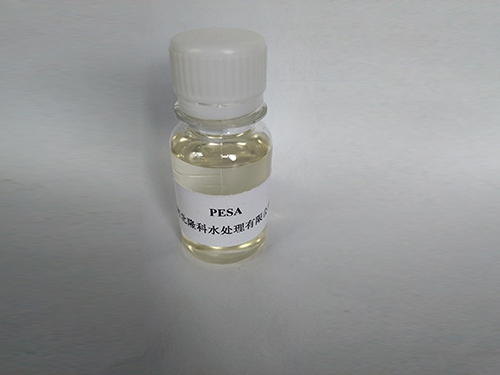nonionic polyacrylamide
Understanding Nonionic Polyacrylamide Properties, Applications, and Benefits
Nonionic polyacrylamide (NPAM) is a synthetic polymer that has gained significant attention in various industrial applications due to its unique properties. This water-soluble polymer is derived from acrylamide, a compound that, in its polymerized form, exhibits enhanced stability and reactivity. NPAM is primarily characterized by its lack of ionic groups, which differentiates it from other types of polyacrylamide, such as anionic and cationic variants. This characteristic greatly influences its behavior and interactions in various environments.
One of the critical properties of nonionic polyacrylamide is its excellent water solubility. It can dissolve in water at various concentrations, making it an ideal candidate for applications that require the formation of gels, slurries, or other colloidal systems. The absence of ionic charges in NPAM contributes to its lower sensitivity to changes in pH and ionic strength, which is an advantage in many industrial processes where stability is crucial. This stability allows NPAM to perform effectively across a range of temperatures and concentrations, enhancing its versatility.
Applications of Nonionic Polyacrylamide
Nonionic polyacrylamide finds applications in several industries due to its unique properties. One of the most prominent uses is in the field of water treatment. NPAM acts as a flocculant, which helps in the aggregation of suspended particles in water. By promoting the formation of larger flocs, NPAM aids in the removal of impurities, making it an invaluable component in wastewater treatment plants. Its effectiveness is particularly notable in treating water with low turbidity levels where ionic flocculants may not perform optimally.
In the realm of agriculture, nonionic polyacrylamide is used to enhance soil moisture retention and improve soil structure. When applied to soil, NPAM forms a gel-like network that holds water, thereby reducing runoff and increasing the efficacy of irrigation. This property is instrumental in arid regions where water conservation is critical. Additionally, NPAM can enhance the efficiency of fertilizers, as it helps distribute nutrients more uniformly throughout the soil.
nonionic polyacrylamide

The oil and gas industry also utilizes NPAM for enhanced oil recovery (EOR) processes. During EOR, nonionic polyacrylamide is used to increase the viscosity of water injected into oil reservoirs. This increased viscosity improves the mobility of oil and enhances overall extraction rates. NPAM’s compatibility with various salts and its stability under harsh conditions make it an ideal choice for such applications.
Benefits of Nonionic Polyacrylamide
The advantages of using nonionic polyacrylamide extend beyond its basic properties. Its non-toxic nature and biodegradability are significant benefits, especially in environmentally conscious industries. NPAM does not pose a threat to aquatic life, making it an acceptable choice for water treatment applications. Moreover, its ability to enhance the performance of other compounds when used in formulations amplifies its utility across various sectors.
Furthermore, NPAM is economically advantageous. The cost of production is relatively low compared to more specialized polymers, enabling businesses to utilize it effectively without compromising budgetary constraints. Its versatility across different applications allows industries to streamline processes, leading to enhanced productivity and efficiency.
Conclusion
In conclusion, nonionic polyacrylamide is a remarkable polymer that offers a wide range of benefits across various fields, including water treatment, agriculture, and enhanced oil recovery. Its unique properties, such as water solubility, stability, and environmental safety, make it a sought-after material in modern industrial applications. As research progresses and new applications are explored, NPAM is likely to play an even more pivotal role in promoting sustainable practices and improving operational efficiencies across industries. The continued exploration of nonionic polyacrylamide may unlock further potential, making it a cornerstone of innovation in material science and industrial applications.
-
LK-319 Special Scale And Corrosion Inhibitor For Steel Plants: Advanced Solutions for Industrial Water SystemsNewsAug.22,2025
-
Flocculant Water Treatment: Essential Chemical Solutions for Purification ProcessesNewsAug.22,2025
-
Isothiazolinones: Versatile Microbial Control Agents for Industrial and Consumer ApplicationsNewsAug.22,2025
-
Scale Inhibitor: Key Solutions for Water System Scale PreventionNewsAug.22,2025
-
Organophosphonates: Versatile Scale Inhibitors for Industrial Water SystemsNewsAug.22,2025
-
Scale and Corrosion Inhibitor: Essential Chemical Solutions for Water System MaintenanceNewsAug.22,2025





